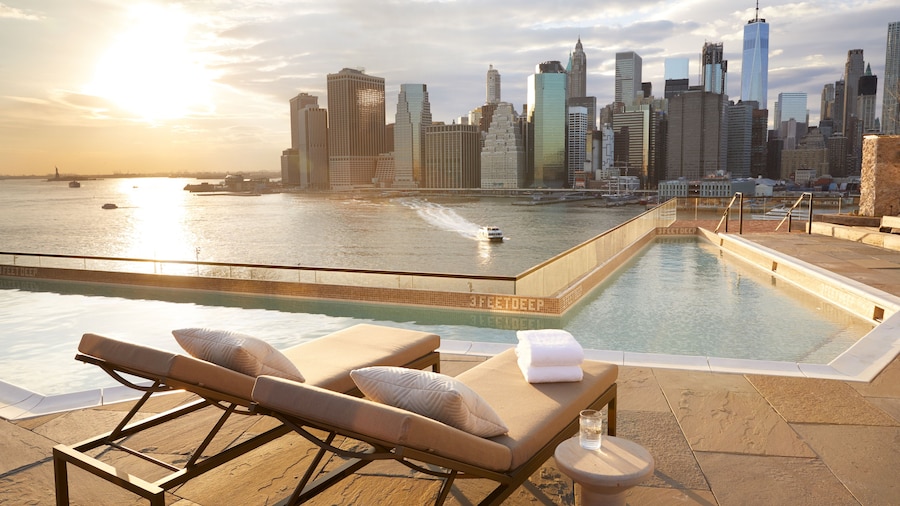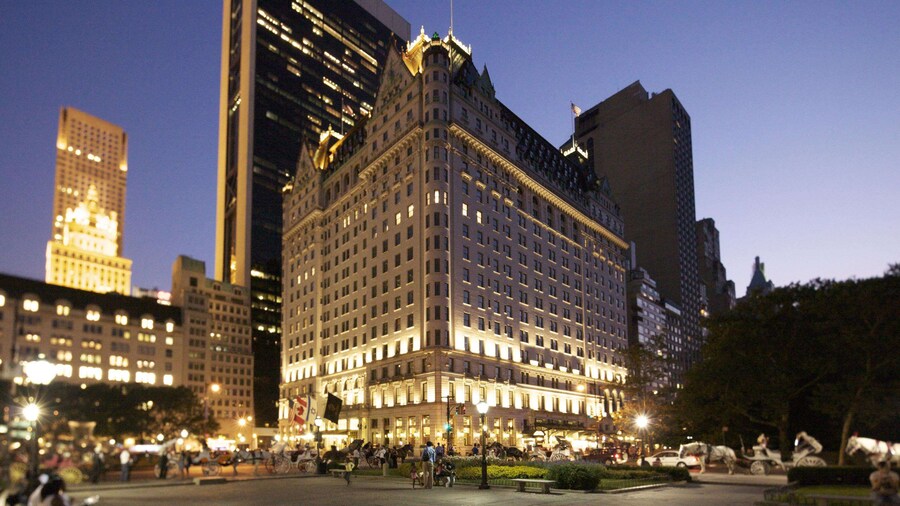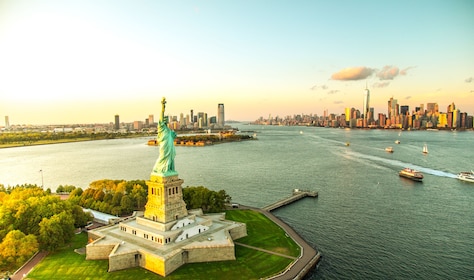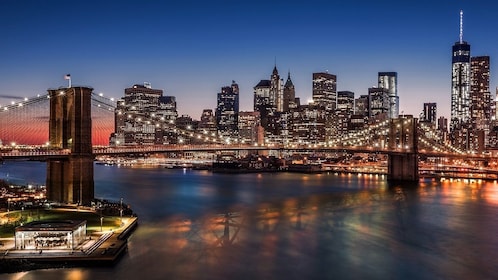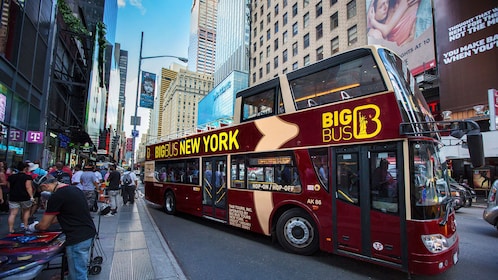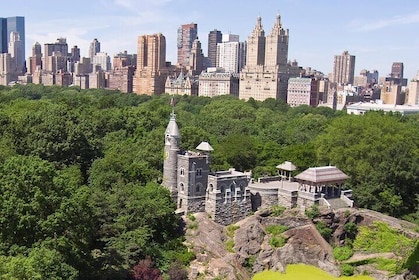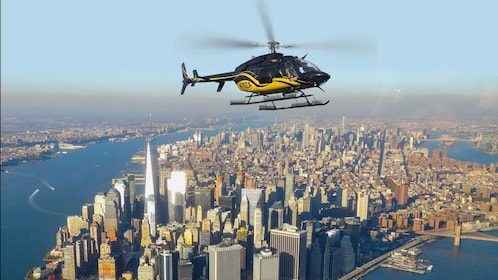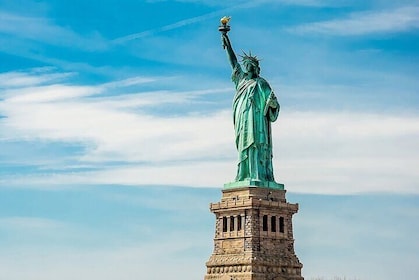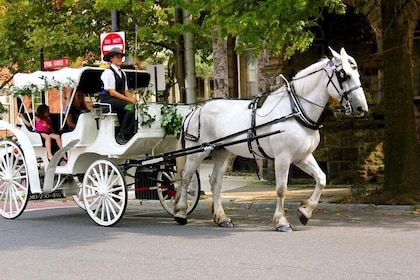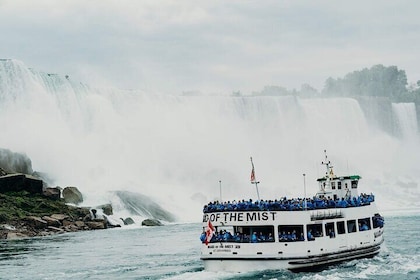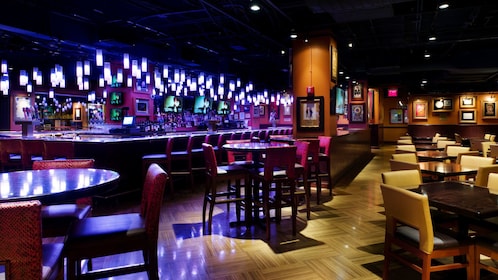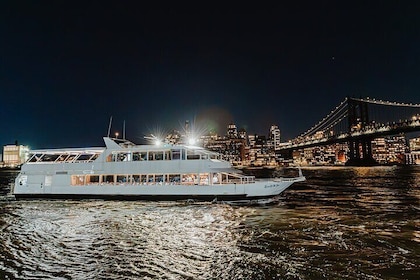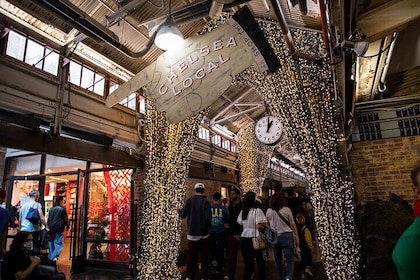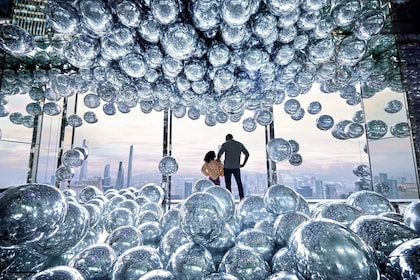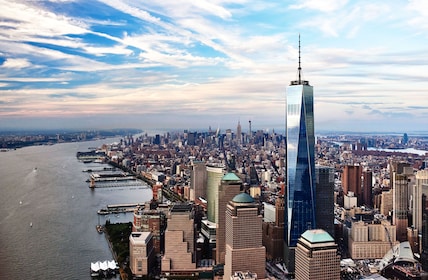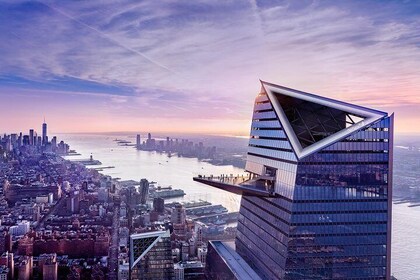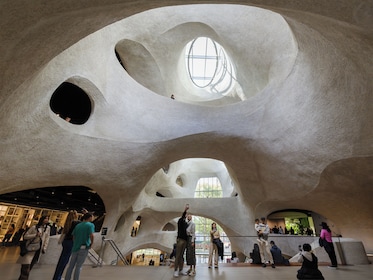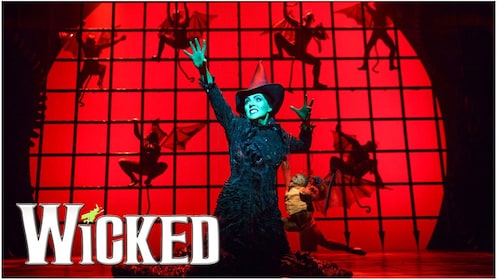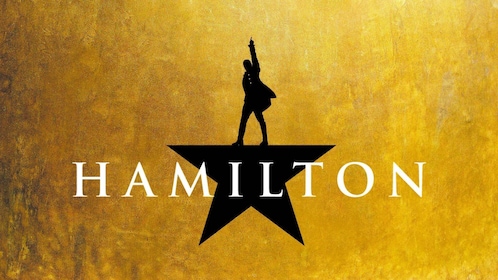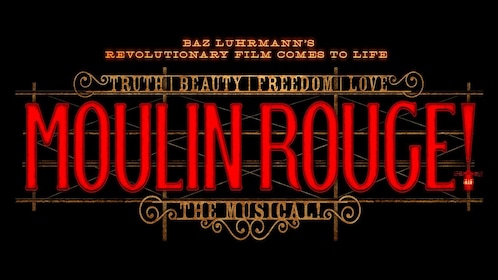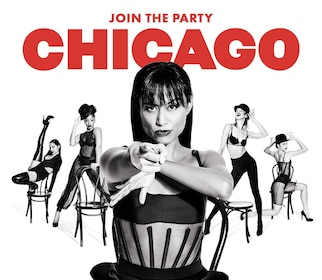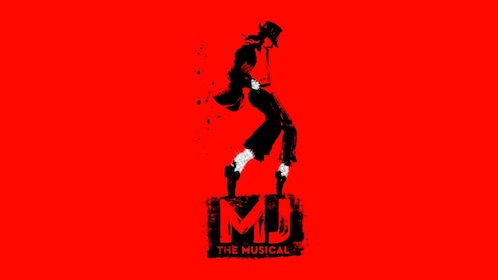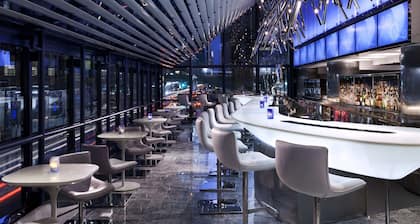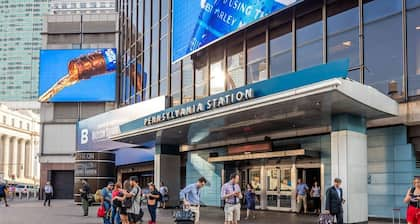Don’t be put off by the fence surrounding Gramercy Park, the only private park in Manhattan. In a city increasingly overrun with retail chains and glassy modern buildings, this park and the sleepy neighborhood that shares its name represent a slower pace of life and a slice of 19th-century grace, even seen from afar.
Only neighbors of the park can enter, using one of just 400 existing keys. Guests of the glamorous Gramercy Park Hotel may visit only if accompanied by a hotel staff member. Tourists can sample the ambiance from outside.
Wander north and east from bustling Union Square into the gracious enclave of row houses and historic mansions. Upon reaching the park, peek through the iron fence to spot residents enjoying the green lawn and lush trees within. Imagine yourself as a 19th-century gentleman or lady, visiting the park for some much-needed fresh air in a rapidly developing city.
Samuel B. Ruggles established the park in 1831 as the crown jewel of a new neighborhood meant to attract well-to-do New Yorkers fleeing the density and din of Lower Manhattan. Ruggles named the square for the swamp he drained to build it. Gramercy is both an Old English word meaning “many thanks,” and an anglicization of the Old Dutch “Crommessie,” meaning “crooked little swamp.” Appreciate the orderly shrubbery and well-kept flowerbeds.
Look for statuary nestled among the plantings. A plinth supports a classical bronze figure in the middle of the park. This is Edwin Booth, a well-respected actor in his day and older brother of the notorious presidential assassin, John Wilkes Booth. The statue represents the park’s connection to the dramatic arts. Members of the Players Club and the National Arts Club are entitled to entry.
Reach Gramercy Park by walking from the 23rd Street subway station or from Union Square. The park is not open to the public but is partially visible from outside through the fence.




